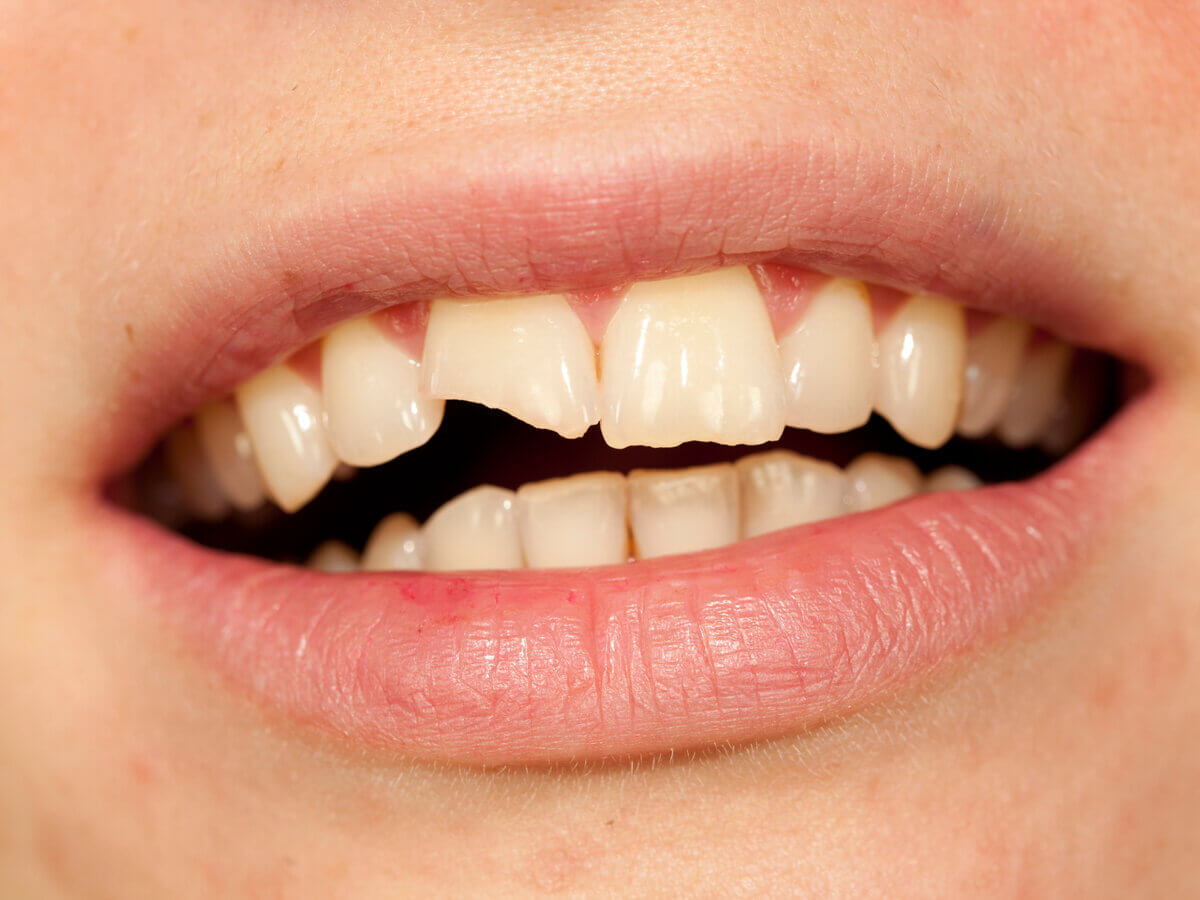Blog
Dental hygiene tips for healthy teeth & gums

Self-Care Tips For Your Chipped or Broken Tooth
When you break, crack, or chip a tooth, it can be extremely painful. You can hurt or damage your teeth in various ways, for instance, a blow to the face or crunching something hard like ice or a piece of candy. This damage could be mild or severe based on the type of injury and the condition of your tooth. If it is a minor chip, you can manage it with some home care, but for extensive cracking of your dentition, you would need to see a dentist.
Most of us do not prefer to do any DIY (Do It Yourself) dentistry at home, but we know that life happens. At times we might not be able to get an immediate dental appointment, or we are out on vacation and can not see a dentist right away; hence these home care tips are your go-to till the time you can meet your dentist.
Go through this article to brace yourself for tips on how to take care of a broken or cracked tooth at home.
What To Do If I Break Or Chip My Pearly Whites
When you break your teeth, it gets exposed to various irritants in your mouth, such as saliva or bacteria. This could be painful, and you might even bleed. If only the outer layer of your teeth is broken, you can manage it at home by following some home remedies outlined below:
- Determine the severity of the damage – You would first need to take a close look at the chipped dentition and its size. For any chip smaller than a quarter inch, you could try a temporary fix with dental glue at home, but if it’s larger than that, then you need to visit your dentist for a permanent solution.
- Rinse mouth – By rinsing your mouth immediately after the injury, you can remove all the debris left behind by the cracked dentition. You could use regular warm water or make a saline solution (or mix water with hydrogen peroxide) for additional protection against bacteria and pain. But ensure you are not squishing water vigorously as it might aggravate the condition of the injury.
- Gather necessary products for temporarily fixing the tooth – If you have determined that your teeth can be fixed at home, then you need to get hold of the products needed to fix the tooth. You would need a repair kit or dental adhesive along with a toothbrush, Q-tips, and water. You can talk with your pharmacist regarding the apt product for your condition and follow the instructions on the kit.
- Dip the toothbrush into some water and use it to apply the dental adhesive to your dentition.
- Wait for the adhesive to completely dry, which could take a few minutes.
- If you feel that some areas do not look smooth, then use a Q-tip to fix that.
- You could also use dental wax to cover a tiny chip or a jagged area in your dentition.
- Use ice to manage swelling and pain – If you have swelling in your face, use ice packs to reduce that. You could cover ice cubes in a towel to make a pack and apply it over the affected area for fifteen-minute intervals till the pain and swelling subside.
- Use gauze to stop bleeding – If blood is oozing out from the impacted tooth, use gauze to stop bleeding. You might have to replace the gauze a few times before the bleeding stops.
- OTC (Over-the-counter) pain relievers – If you are unable to bear the pain despite the ice packs, you can take some OTC medications such as ibuprofen or acetaminophen by following the instructions on the package. Do not exceed the recommended dosage mentioned on the packaging. You could also use clove oil on the area to lessen the pain. Clove oil has eugenol, which is known for its anti-inflammatory properties and numbing pain.
- Avoid foods and beverages that can cause pain and aggravate the impacted site – Some foods can cause damage to your broken tooth, such as alcohols, coffee, acidic sodas, nuts (they can get stuck inside the damaged dentition), fruits that have seeds, tough or chewy foods such as beef, sugary foods, and beverages, etc.
- Avoid chewing from the side of the chipped tooth – You might break additional portions of the damaged tooth if you chew from that side. Until your chipped tooth is restored, try to eat from the other side of your mouth.
When Would You Require Professional Care For a Broken Tooth
You would most likely need to visit a dentist for any kind of breakage unless it is an extremely small chip or crack. You can not find out the severity of damage without an X-ray; hence it is best to eventually go and see your dentist. You should contact your doctor immediately if you experience any of the following:
- There is severe pain in your mouth around the impacted dentition.
- There is further damage to the dentition over time.
- There is an infection in the pulp of the tooth, which might need root canal treatment, or the tooth has to be extracted.
- The jagged and sharp edges of your broken dentition are cutting the soft tissues of your tongue, cheeks, or other areas of your mouth.
You might feel that a small chip or crack in your tooth is nothing to worry about and can be easily fixed at home but be aware that it can lead to more severe problems and complications in the long run.
Only a professional can assess the extent of the injury and provide the required treatment. So, after trying a temporary fix for a chipped tooth at home, you must visit your dentist at the next available appointment.


